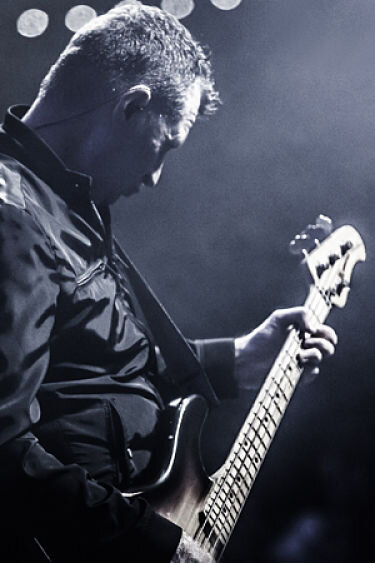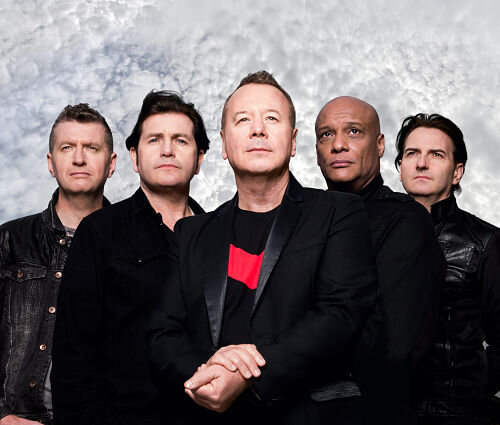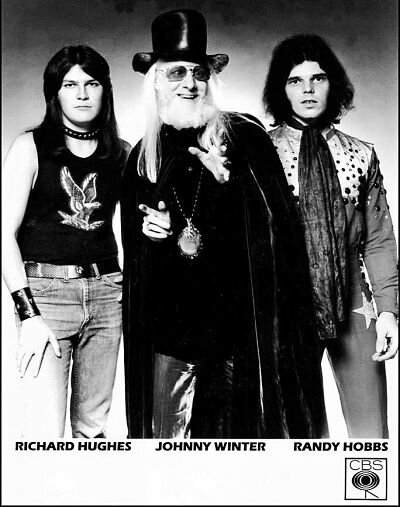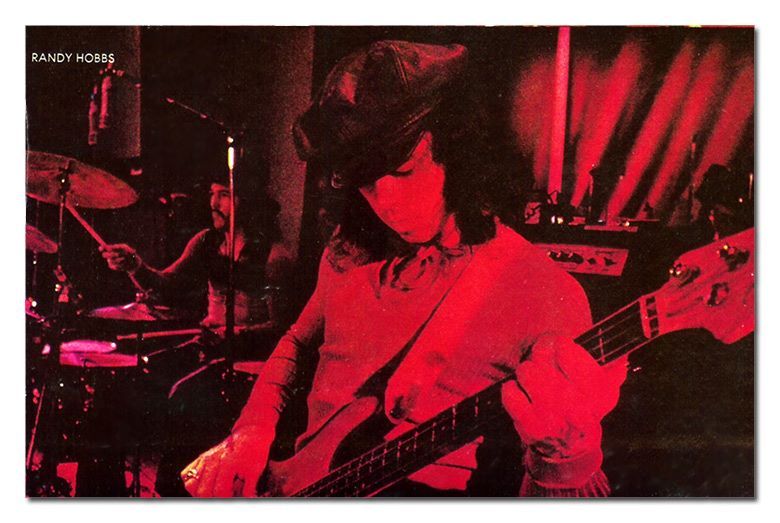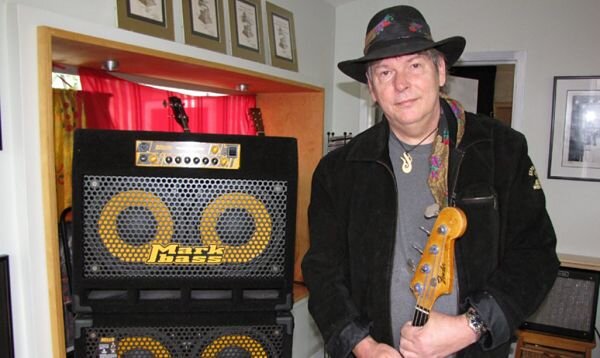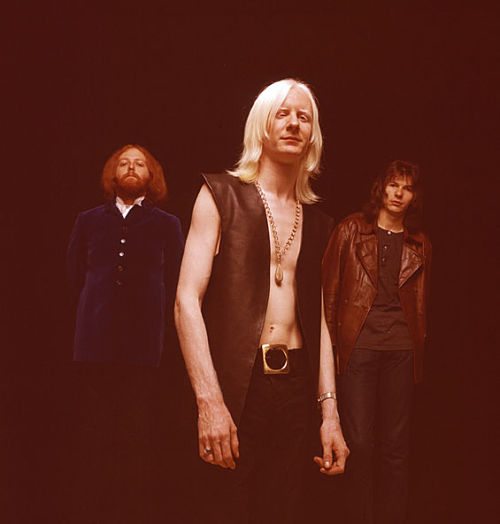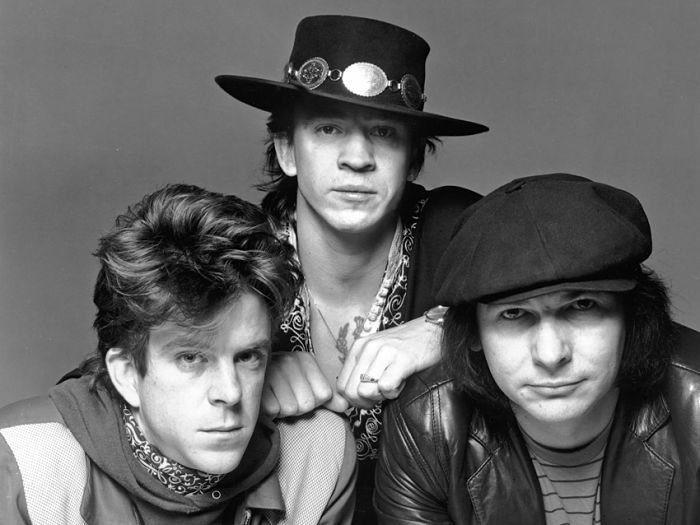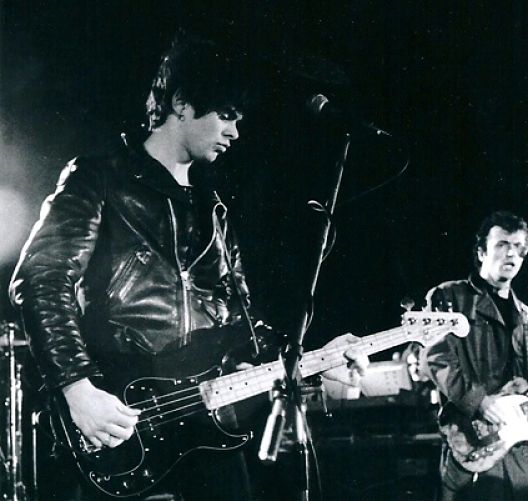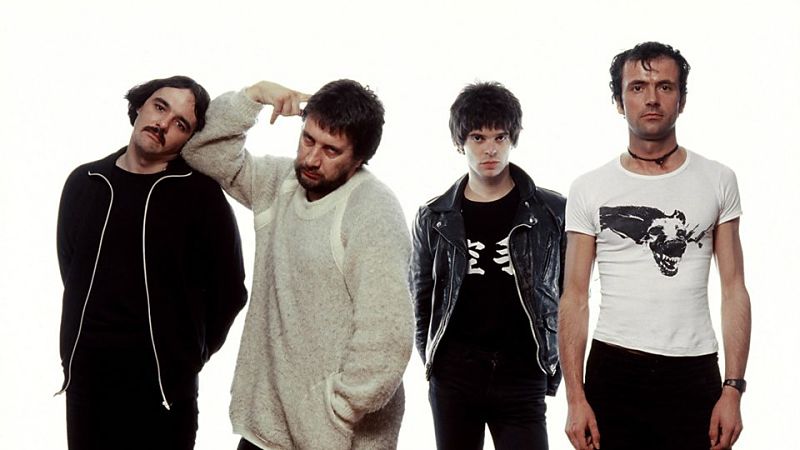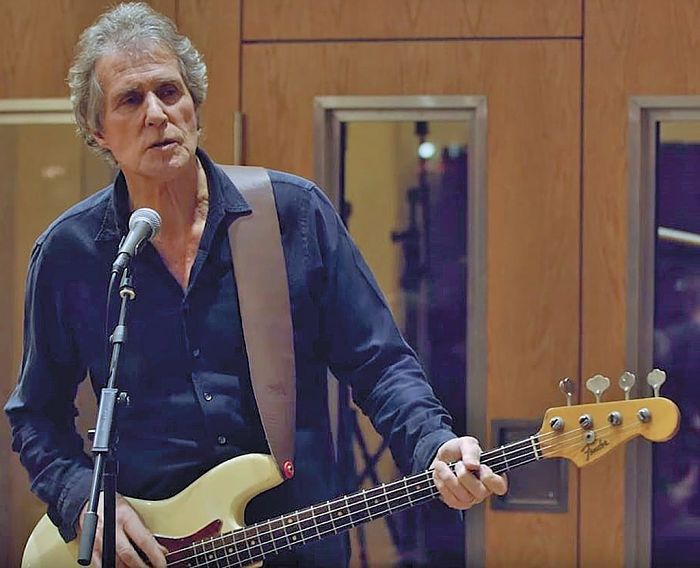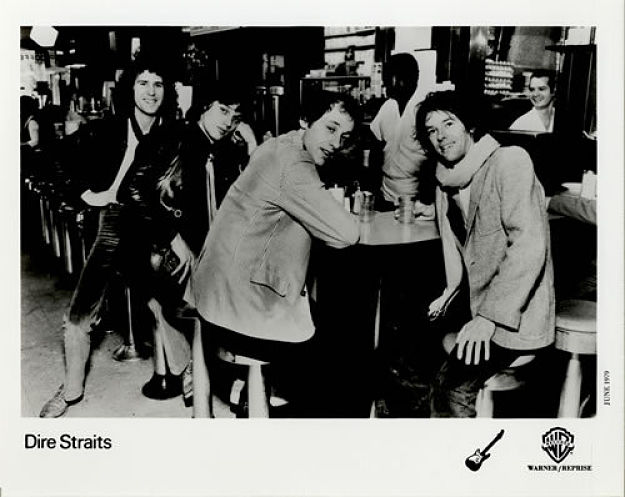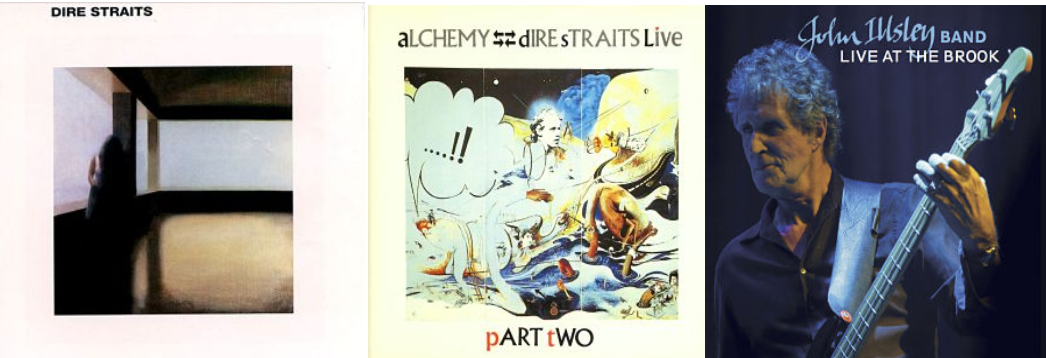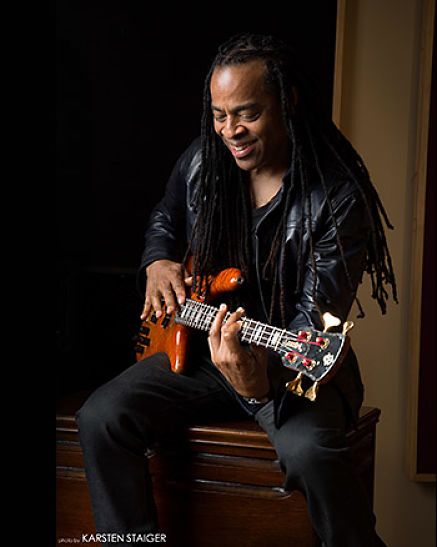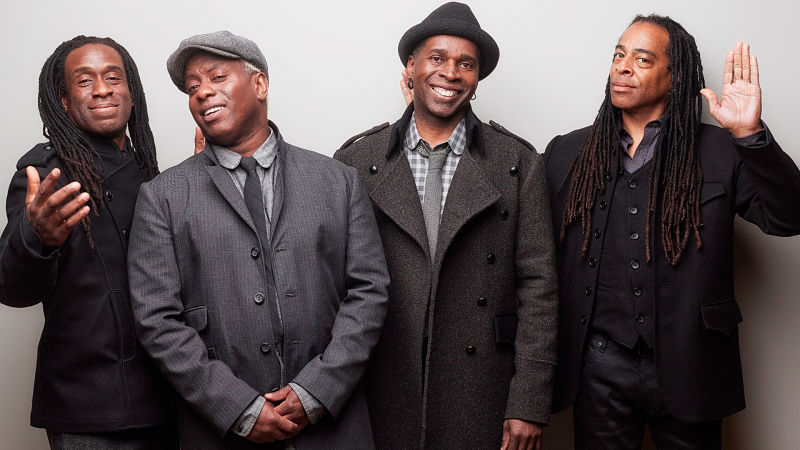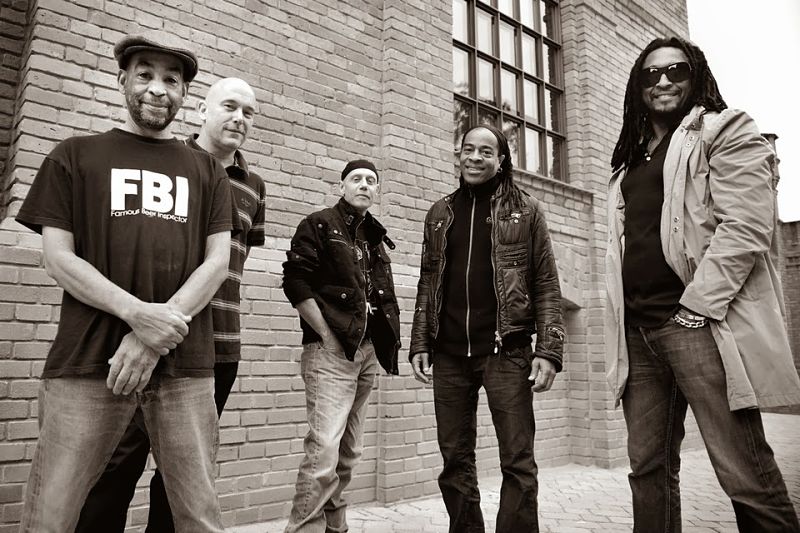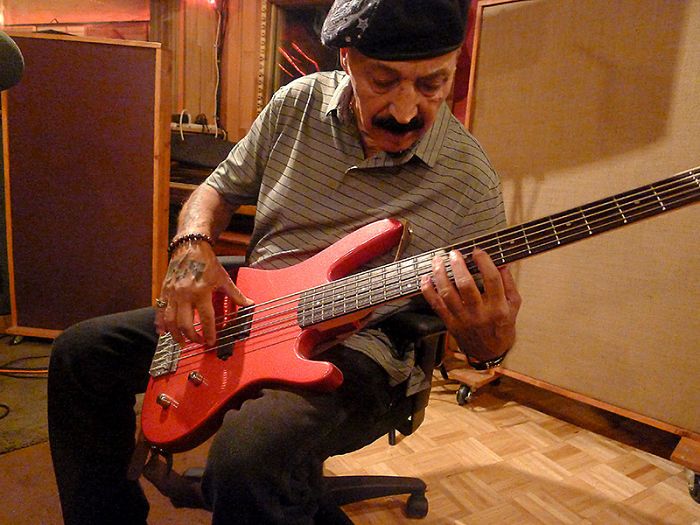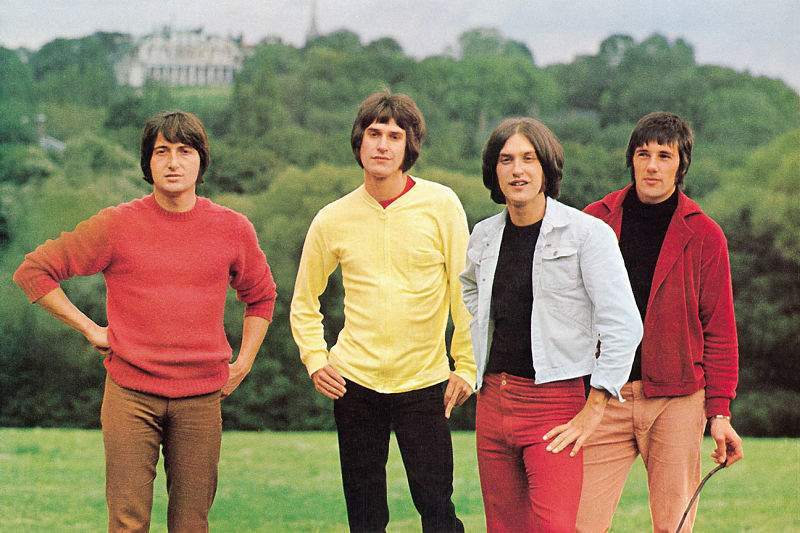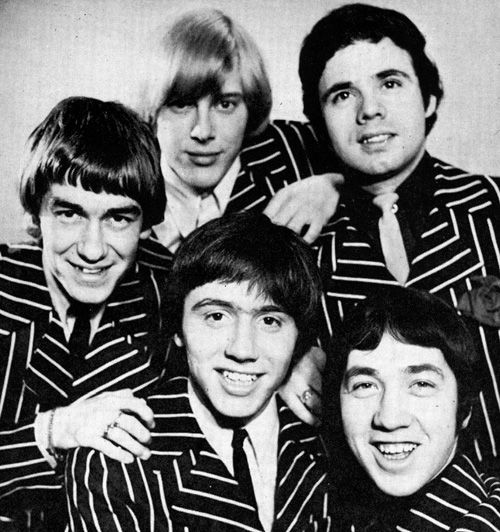
Courtesy of Jethro Tull Dot Com
He forged an indelible identity on one of the most innovative and influential rock ensembles of any generation: Jethro Tull.
The first in a long line of bassists who worked under the auspices of Ian Anderson; Glenn Douglas Bernard Cornick anchored Tull’s most enduring early collections: This Was (1968), Stand Up (1969), and Benefit (1970).
Judging from the photographs that have been published over the years, Glenn utilized a wide array of basses, ranging from a battered graffiti laden reverse neck ’62 Fender Jazz to various Gibson instruments (Thunderbird, EB-3), to cite a few.
Regardless of his tools, Glenn’s phrasing, tone, and approach afforded him instant recognition as his lines were simultaneously supportive and melodic.
The rhythm section of Glenn and drummer Clive Bunker were the driving force beneath Tull’s signature meld of blues, jazz and progressive – these cats could swing and rock at the same time.
Glenn Cornick Sound & Vision with Jethro Tull…
“Bouree” https://youtu.be/z6ZJGaT30wk
“Back to the Family” https://youtu.be/a3uqdoJxJ50
“Teacher” https://youtu.be/NyLPX-YhpLo
“My Sunday Feeling” https://youtu.be/nzjp-cFkNoE
KYBP Adjunct “Il Professore” Tony Senatore’s Cornick Clinic
Explanation of Jethro Tull’s “Bouree” https://youtu.be/oTrMIuFltEQ
Working on “Bouree” https://youtu.be/XHEsfehUK-Y
Tony Senatore’s Complete Rendition of “Bouree” https://youtu.be/aA08zaXmbH8
Tony Senatore’s rendition of “Inside” https://youtu.be/oAVDpSpNh4A
Tony Senatore’s rendition of “Living In The Past” https://youtu.be/cNfV5RgNrg4
Tony Senatore’s rendition of “Nothing Is Easy” https://youtu.be/9ppRo_8a2sQ
Tony Senatore’s rendition of “Nothing to Say” https://youtu.be/tHoj47W1aUg
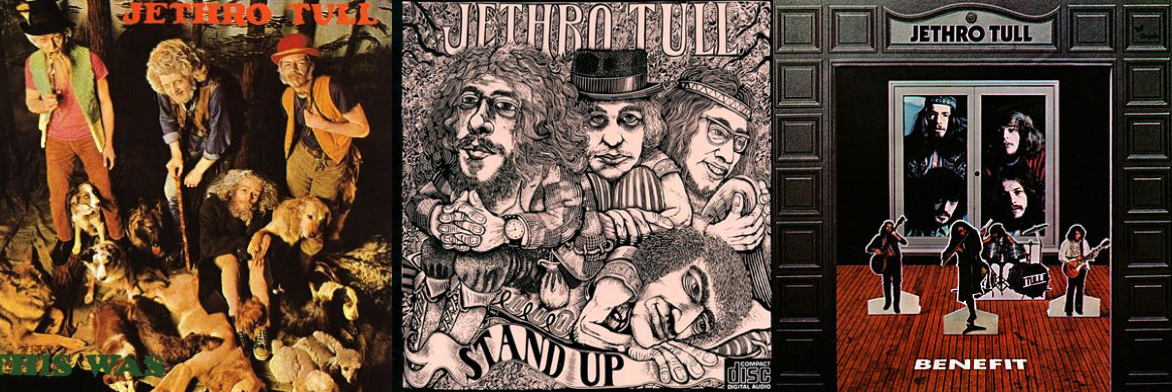
Following Glenn’s departure from Tull, which was never fully explained, Cornick formed prog-rock collective Wild Turkey with guitarists John Blackmore, Graham Williams, vocalist Gary Pickford, and drummer John Weathers.
Glenn with Wild Turkey on their debut slab, aptly titled Wild Turkey – waxed in 1972 https://youtu.be/qsEU1QfF9Y0
Despite critical acclaim Wild Turkey folded after two releases, and Glenn entered into a collaboration dubbed Paris, a decidedly hard-rock trio with ex-Fleetwood Mac member Bob Welch and former Nazz drummer Thom Mooney, and later, for their second slab drummer Hunt Sales.
Once again, despite critical acclaim and extensive touring, Cornick’s ensembled folded after two releases.
Glenn with Paris “Pale Horse Pale Rider” https://youtu.be/kY-xYPEb0j8
In his later years, Glenn -whom Anderson noted was the only member of Jethro Tull who maintained his signature appearance as he aged – worked in assorted Jethro Tull repertory ensembles with his former bandmates, participated in a Tull reunion with Anderson, and also reunited on occasion with Wild Turkey, in addition to other musical projects. Cornick passed in 2014.
Ian Anderson’s tribute to Glenn Cornick, courtesy of Drew Cornick https://youtu.be/GObmgmmjrts

